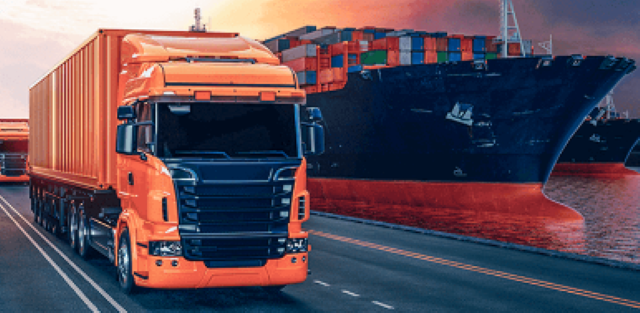Logistics: The Backbone of Global Trade
This Article highlights the critical role of logistics in the global economy by managing 1.5 billion tonnes of goods annually and contributing 10% to the national GDP. It examines the sector's reliance on road transport, the challenges of high costs, inadequate infrastructure, and a shortage of skilled personnel
LOGISTICS
Phillemon Neluvhalani
7/13/20242 min read


Logistics, the backbone of global trade, involves the intricate process of transporting goods from origin to destination. In South Africa, the logistics sector is a critical player in the economy. However, it grapples with challenges such as high costs, inadequate infrastructure, and a shortage of skilled personnel.
South Africa's logistics sector manages the transportation and storage of 1.5 billion tonnes of goods annually, contributing approximately 10 percent of the national GDP and employing over a million people. Predominantly reliant on road transport, which constitutes over 80 percent of freight movements, the sector also utilizes rail, air, and sea transport, with major hubs in Gauteng, Durban, and Cape Town.
Key Challenges
1. High Costs: The cost of logistics in South Africa is significantly higher than in many other countries. This is due to various factors, including fuel prices, toll fees, and maintenance costs. High logistics costs can negatively impact the competitiveness of South African goods in the global market.
2. Inadequate Infrastructure: Despite significant investments in infrastructure, there are still gaps that need to be addressed. Poor road conditions, congestion at ports, and outdated rail infrastructure are some of the issues that hinder efficient logistics operations.
3. Shortage of Skilled Personnel: There is a growing demand for skilled logistics professionals in South Africa. The shortage of qualified personnel affects the sector's ability to operate efficiently and adopt new technologies.
Recent Developments
1. Infrastructure Investments: The South African government has prioritized infrastructure development, with significant investments aimed at improving roads, railways, and ports. Projects such as the Durban Container Terminal expansion and the Gauteng Nerve Centre for rail operations are set to enhance the logistics network.
2. Technological Advancements: The adoption of technology is transforming the logistics sector. Innovations such as GPS tracking, automated warehousing, and blockchain for supply chain transparency are improving efficiency and reducing costs. South African companies are increasingly adopting these technologies to stay competitive.
3. Skills Development Initiatives: To address the skills shortage, various initiatives have been launched. These include training programs, partnerships with educational institutions, and government-led efforts to develop logistics skills. The aim is to create a workforce capable of meeting the demands of a modern logistics sector.
The Role of Hubs
Gauteng: As the economic powerhouse of South Africa, Gauteng is a critical logistics hub. It boasts well-developed road and rail networks, and the OR Tambo International Airport is a key gateway for air cargo.
Durban: The Port of Durban is the busiest port in Africa and a vital hub for sea freight. The expansion of the Durban Container Terminal is expected to increase capacity and improve efficiency.
Cape Town: Cape Town serves as a crucial hub for both sea and air freight. The Port of Cape Town handles a significant volume of cargo, and Cape Town International Airport is a major air cargo gateway.
Future Prospects
The future of South Africa's logistics sector looks promising, with ongoing investments and technological advancements paving the way for growth. However, addressing the challenges of high costs, inadequate infrastructure, and skills shortages will be crucial to unlocking the full potential of the sector. By doing so, South Africa can strengthen its position in global trade and ensure that logistics continues to be a robust backbone for economic growth.
Future
© 2024. All rights reserved.
